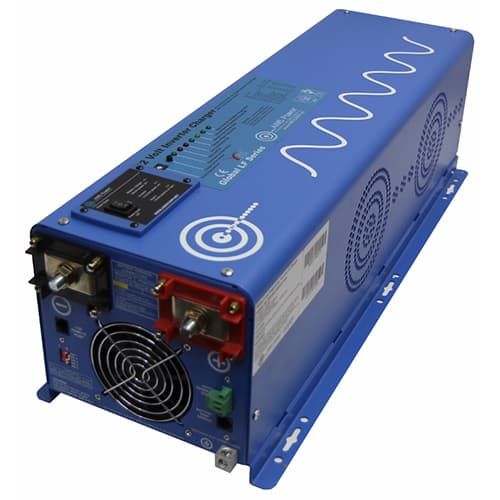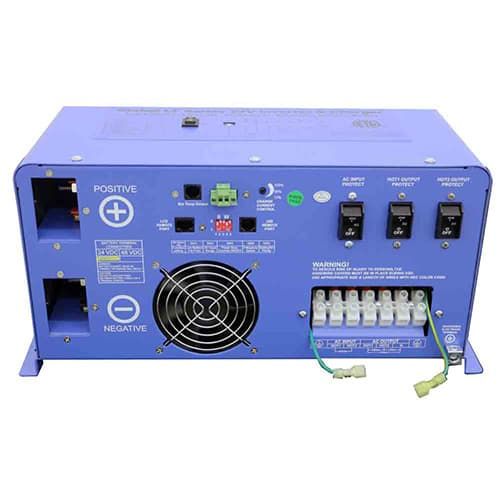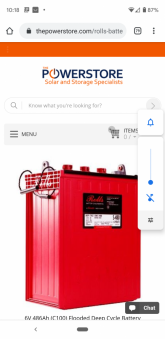CraigK
New Member
- Joined
- Oct 17, 2020
- Messages
- 3
I want to design a 6kw solar system and am trying to figure out some of the components. I want to start with an AIMS 6000W Pure Sine Wave Inverter and a
AIMS 60 amp MPPT charge controller. Where I get confused is the wattage of the solar panels. I want to try to keep it to about 16 panels. Do I need a combiner box? So what wattage should I use? And finally, I want a sealed lead-acid battery. How many amp-hours and how many? Thanks in advance for any tips.
AIMS 60 amp MPPT charge controller. Where I get confused is the wattage of the solar panels. I want to try to keep it to about 16 panels. Do I need a combiner box? So what wattage should I use? And finally, I want a sealed lead-acid battery. How many amp-hours and how many? Thanks in advance for any tips.





